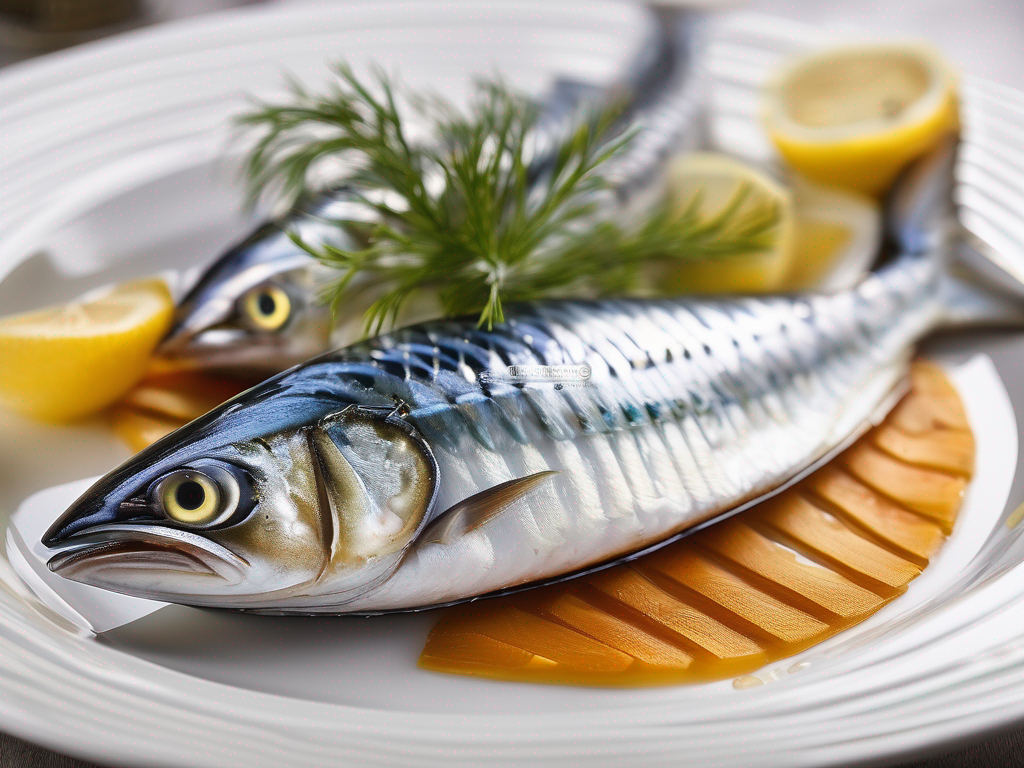
Is It Safe to Eat Atlantic Mackerel Past Its Expiration Date?
Get Your Free Food Safety Cheat Sheet
30 most common foods with instant answers. Print it and stick it on your fridge—completely free!
Is It Safe to Eat Atlantic Mackerel Past Its Expiration Date?
When it comes to consuming seafood, particularly Atlantic mackerel, ensuring food safety is paramount. Expiration dates on food products are crucial indicators of freshness, but they are not the sole factors to consider. In this blog post, we will discuss the steps you can take to determine if Atlantic mackerel is safe to eat even after its expiration date has passed. (Atlantic mackerel)
Understanding Atlantic Mackerel
Atlantic mackerel is a popular fish known for its rich flavor and high nutritional value. This oily fish is packed with omega-3 fatty acids, protein, vitamins, and minerals, making it a healthy addition to your diet. When purchasing Atlantic mackerel, it is essential to check the label for the expiration date to ensure its freshness and quality.
Factors to Consider When Evaluating Atlantic Mackerel
When assessing whether Atlantic mackerel is safe to eat past its expiration date, consider the following factors:
-
Storage Conditions: Proper storage is crucial in maintaining the freshness of Atlantic mackerel. Ensure that the fish has been stored at the appropriate temperature to prevent spoilage.
-
Appearance: Check the fish for any signs of spoilage, such as off-coloring, sliminess, or a foul odor. Fresh Atlantic mackerel should have a shiny appearance and a mild sea smell.
-
Texture: Fresh Atlantic mackerel should have firm, translucent flesh. Avoid fish that feels mushy or has a slimy texture.
-
Packaging: Inspect the packaging for any damage or leaks. If the packaging is compromised, it may have allowed bacteria to contaminate the fish.
Steps to Determine if Atlantic Mackerel is Safe to Eat
To assess the safety of consuming Atlantic mackerel past its expiration date, follow these steps:
-
Check the Expiration Date: Start by examining the expiration date on the packaging. While the date provides a guideline for freshness, it is not a strict indicator of spoilage.
-
Perform a Visual Inspection: Inspect the appearance of the Atlantic mackerel. Look for any discoloration, dark spots, or signs of drying out. Fresh fish should have a vibrant color and moist texture.
-
Smell the Fish: Give the fish a sniff to detect any off-putting odors. Fresh Atlantic mackerel should have a mild sea smell. If it smells fishy or sour, it may be spoiled.
-
Check the Texture: Gently press the flesh of the fish to assess its texture. Fresh Atlantic mackerel should be firm and spring back when touched. Avoid fish that feels soft or mushy.
-
Consult a Seafood Expert: If you are unsure about the safety of consuming Atlantic mackerel, seek advice from a seafood expert or a food safety professional.
Tips for Safe Storage of Atlantic Mackerel
Proper storage is key to maintaining the freshness and safety of Atlantic mackerel. Follow these tips to ensure your fish stays safe to eat:
- Store Atlantic mackerel in the refrigerator at a temperature of 32°F to 38°F.
- Keep the fish wrapped tightly in plastic wrap or in an airtight container to prevent exposure to air.
- Consume Atlantic mackerel within 1-2 days of purchase for optimal freshness.
- If storing leftovers, refrigerate them promptly and consume within 3-4 days.
By following these storage guidelines, you can prolong the shelf life of Atlantic mackerel and reduce the risk of foodborne illness.
Conclusion
In conclusion, while expiration dates serve as a useful reference point for Atlantic mackerel, they are not definitive indicators of spoilage. By inspecting the appearance, smell, and texture of the fish, you can determine if it is safe to eat past its expiration date. Remember to prioritize proper storage practices to ensure the freshness and safety of your Atlantic mackerel. When in doubt, it is always best to err on the side of caution and consult a food safety expert. Enjoy your Atlantic mackerel responsibly and savor its delicious flavor while keeping food safety a top priority. (Atlantic mackerel)
Authoritative Food Safety References
These agencies and university labs inform every tip and health precaution we publish.
USDA FoodKeeper – Cold Storage Guidelines
Official refrigerator, freezer, and pantry timelines maintained by the U.S. Department of Agriculture.
Visit USDA FoodKeeperFDA Produce Safety Rule & Grower Guidance
Field-to-fridge handling practices that prevent contamination of fruits, vegetables, and leafy greens.
Visit FDA Produce SafetyCDC Foodborne Illness Prevention Hub
Surveillance-backed guidance on pathogens, symptoms, and steps to reduce foodborne illness risk.
Visit CDC Food SafetyUC Davis Postharvest Technology Center
University research detailing optimal storage atmospheres for produce after harvest.
Visit UC Davis PostharvestPenn State Extension – Home Food Preservation & Safety
Peer-reviewed extension bulletins on safe canning, chilling, and reheating practices.
Visit Penn State ExtensionGet Your Free Food Safety Cheat Sheet
30 most common foods with instant answers. Print it and stick it on your fridge—completely free! Want more? Upgrade to the complete guide with 70+ foods.
Scan your food directly and get instant safety info using our AI-powered camera feature.